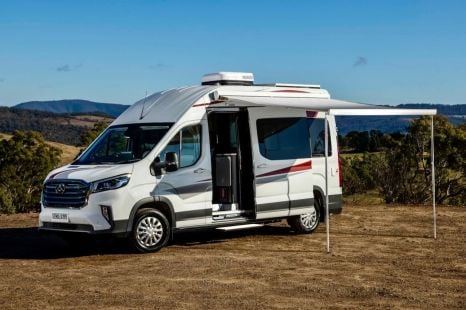

Ben Zachariah
2026 LDV Deliver 9 campervan released with sharp pricing
13 Hours Ago

Journalist
The Chevrolet Camaro has run its race, for now, although the company is promising “this is not the final chapter for nameplate”.
Chevrolet hasn’t confirmed when the Camaro name will return, or whether it will still be exclusively used on two-door vehicles.
A report at the end of last year claimed GM is considering turning Camaro into a sub-brand with a pair of all-electric three- and five-door crossover coupes, which could later be joined by an EV sports car based on the same architecture as the Corvette EV.
Production of the sixth-generation Camaro at the company’s Lansing, Michigan plant will end in January 2024.
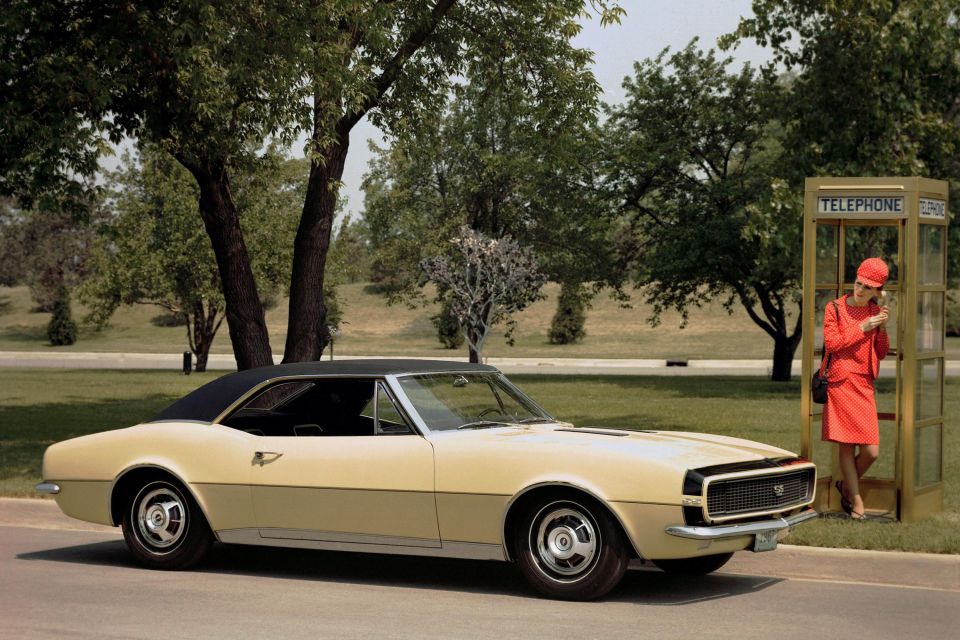
The original Camaro made its debut in 1966, a few years after the Ford Mustang. While the two cars have gone toe-to-toe for many decades, the Camaro took a break in 2002 after production of the fourth-generation model ceased.
It sprang back into life in 2009 when a retro-themed model was launched based on the Zeta platform developed by Holden for the Commodore range.
The current Camaro was launched back in 2015, and is based on the Alpha rear-wheel drive architecture primarily used by a selection of Cadillac sedans.
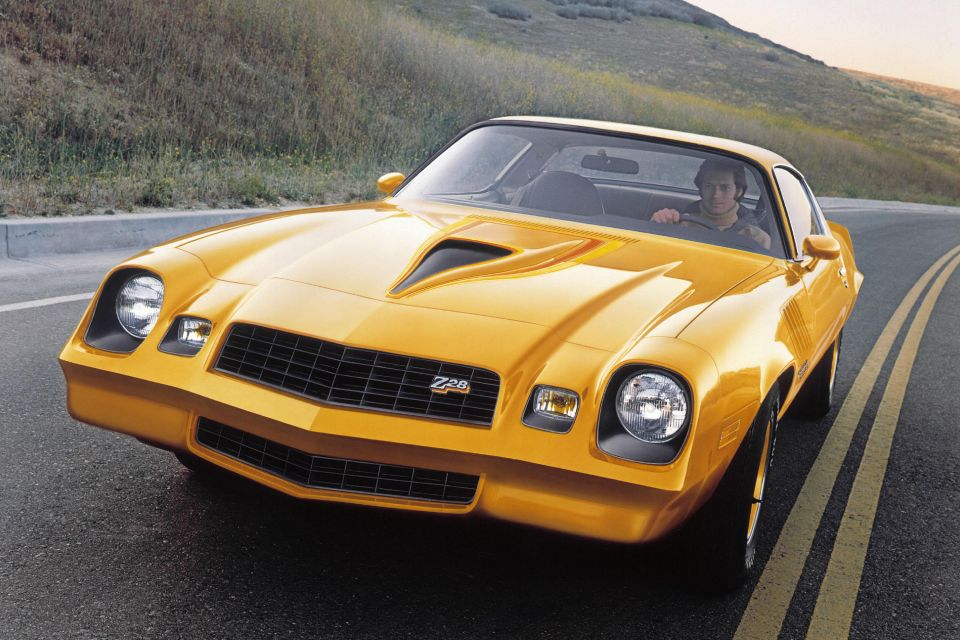
Engines available in the current Camaro included a 205kW 2.0-litre turbocharged four-cylinder, a 250kW 3.6-litre V6, and a 339kW 6.2-litre V8.
The top-spec ZL1 had a supercharged 6.2-litre V8 cranking out 485kW and 881Nm to the rear wheels.
In honour of the Camaro’s departure, the company will soon launch Collector’s Editions of the Camaro in RS, SS, and ZL1.
Chevrolet hasn’t revealed what it will include in these North America-only Collector’s Editions, but has said it will reference the first-generation car’s development codename: Panther.
The Collector’s Edition Camaros will be available to order from the northern summer.
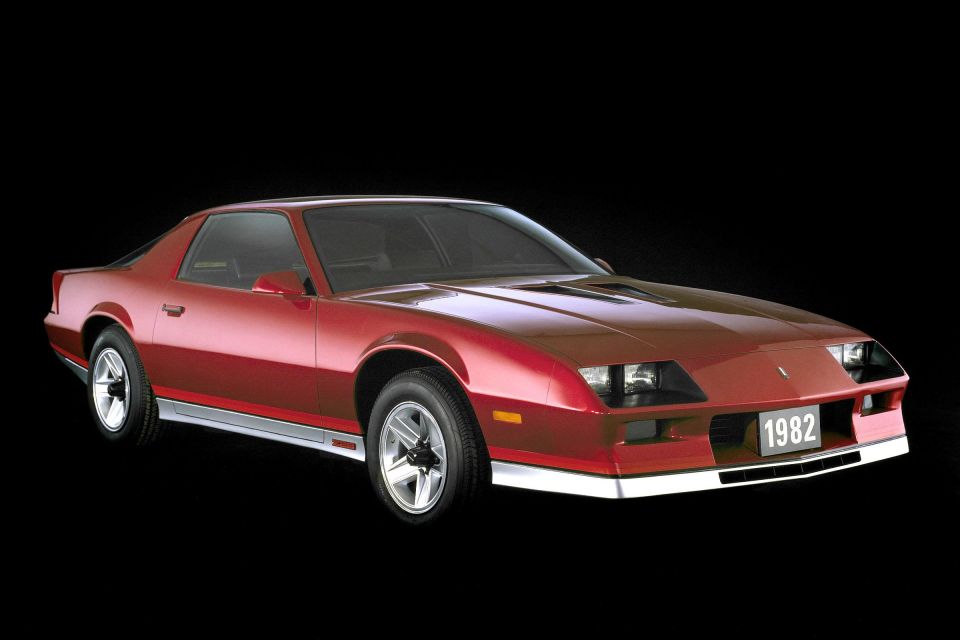
In its homeland, sales of the Camaro have tapered off dramatically. Since the turn of the decade, it hasn’t managed to crack 30,000 sales, with just 24,652 sold in 2022.
The Camaro’s decline isn’t isolated, though. The Ford Mustang has seen a similar drop, although off a higher base, and only managed to shift 44,332 units last year.
The other member of the pony car triumvirate, the Dodge Challenger, has actually managed to hold steady over the past decade, and because of the sharp falls registered by its rivals, actually ended up in first place last year with 55,245 sales.
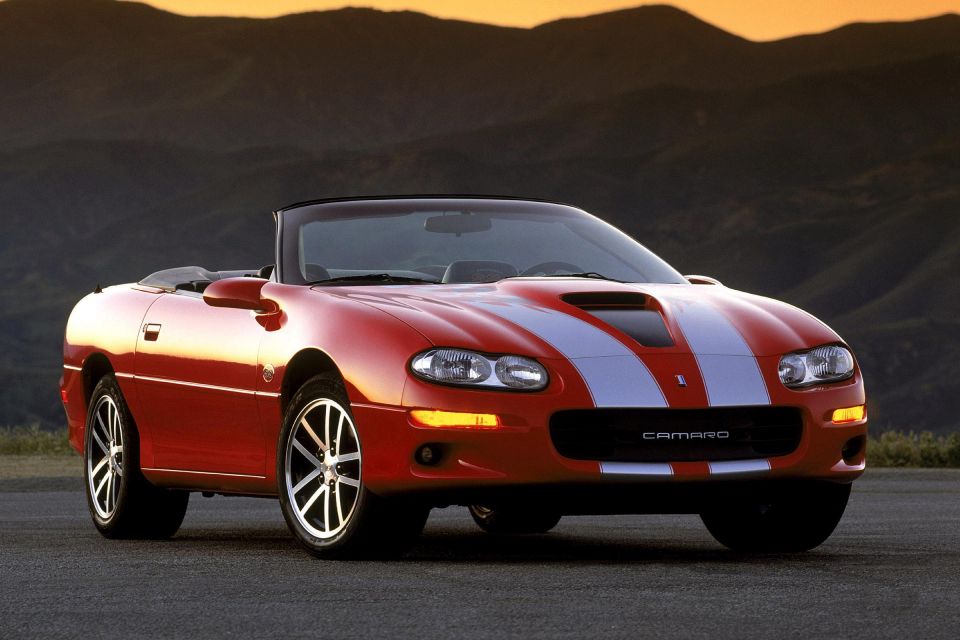
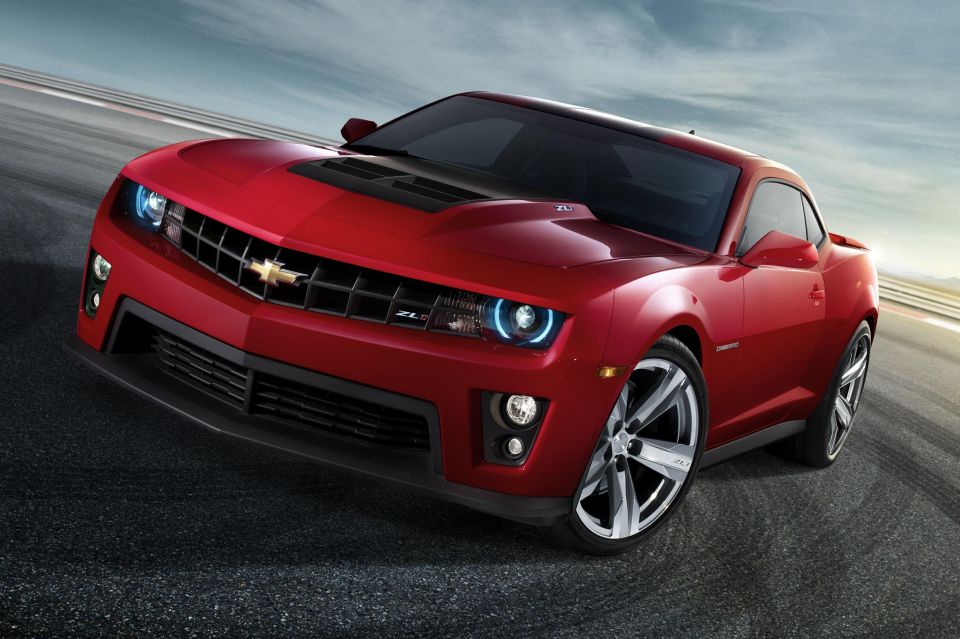
The Camaro was officially sold in Australia between 2018 and 2020, with conversion work done by Holden Special Vehicles.
When it was new, the Camaro SS with a 6.2-litre V8 and eight-speed auto had a starting price of almost $86,000 before on-road costs. That put it at a severe disadvantage to the Ford Mustang, which was factory-produced in right-hand drive.
By comparison, a Mustang with a 5.0-litre V8 and 10-speed auto began at a shade over $66,000 before on-roads. Sales predictably reflected the price discrepancy.
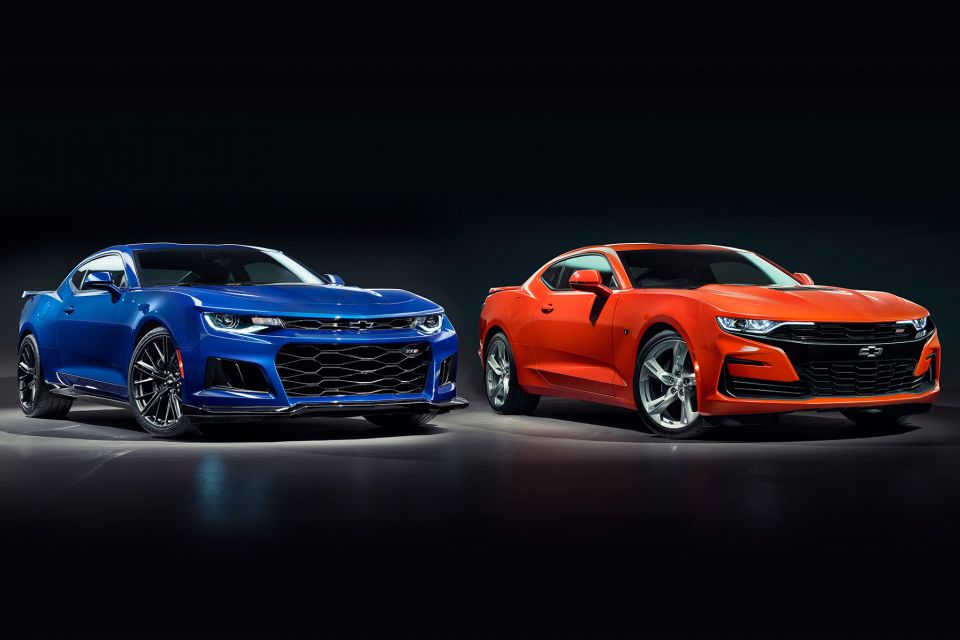
Where expert car reviews meet expert car buying – CarExpert gives you trusted advice, personalised service and real savings on your next new car.
Derek Fung would love to tell you about his multiple degrees, but he's too busy writing up some news right now. In his spare time Derek loves chasing automotive rabbits down the hole. Based in New York, New York, Derek loves to travel and is very much a window not an aisle person.


Ben Zachariah
13 Hours Ago
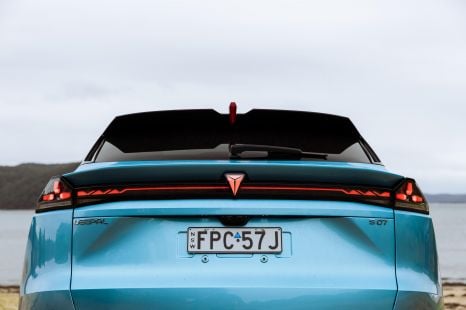

William Stopford
15 Hours Ago
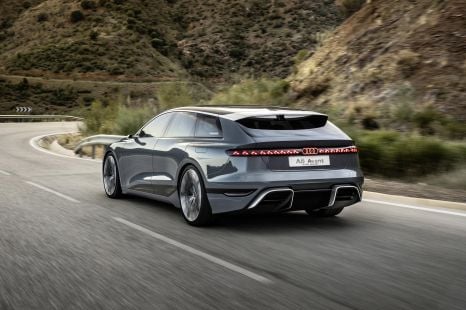

Derek Fung
15 Hours Ago


Alborz Fallah
15 Hours Ago
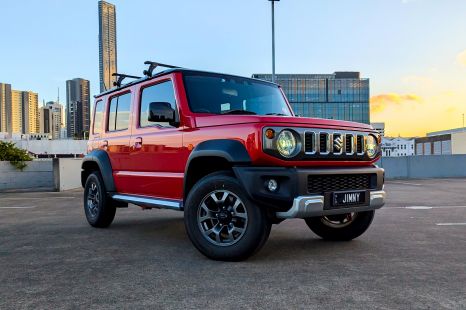

William Stopford
22 Hours Ago
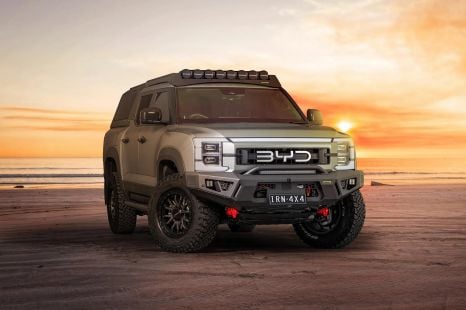

William Stopford
1 Day Ago